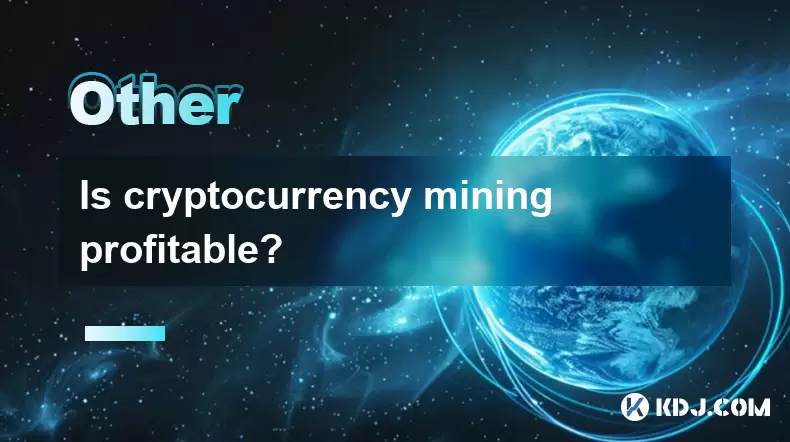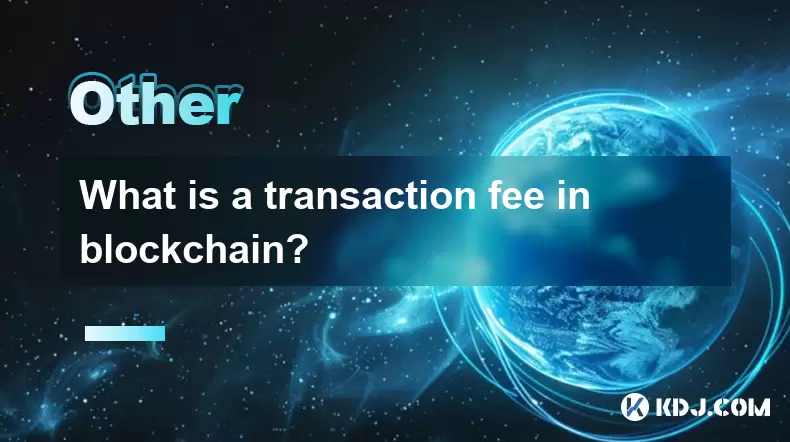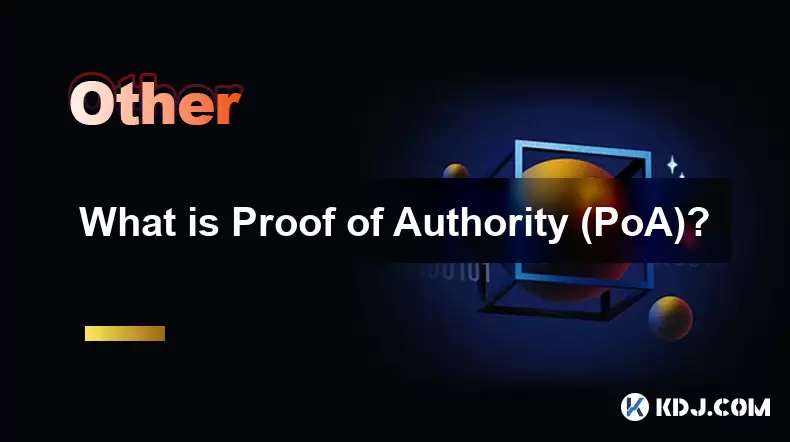-
 Bitcoin
Bitcoin $116700
0.24% -
 Ethereum
Ethereum $3973
4.34% -
 XRP
XRP $3.283
7.68% -
 Tether USDt
Tether USDt $1.000
0.01% -
 BNB
BNB $789.8
2.27% -
 Solana
Solana $176.2
3.31% -
 USDC
USDC $0.9999
0.00% -
 Dogecoin
Dogecoin $0.2238
5.14% -
 TRON
TRON $0.3389
-0.51% -
 Cardano
Cardano $0.7907
4.03% -
 Stellar
Stellar $0.4527
10.02% -
 Hyperliquid
Hyperliquid $41.07
4.27% -
 Sui
Sui $3.794
1.77% -
 Chainlink
Chainlink $19.49
10.40% -
 Bitcoin Cash
Bitcoin Cash $580.9
0.74% -
 Hedera
Hedera $0.2617
4.32% -
 Avalanche
Avalanche $23.41
3.67% -
 Ethena USDe
Ethena USDe $1.001
-0.03% -
 Litecoin
Litecoin $122.4
1.38% -
 Toncoin
Toncoin $3.364
1.49% -
 UNUS SED LEO
UNUS SED LEO $8.988
0.37% -
 Shiba Inu
Shiba Inu $0.00001295
2.82% -
 Uniswap
Uniswap $10.62
5.75% -
 Polkadot
Polkadot $3.922
4.46% -
 Dai
Dai $1.000
0.01% -
 Bitget Token
Bitget Token $4.494
2.15% -
 Monero
Monero $268.0
-1.30% -
 Cronos
Cronos $0.1523
3.68% -
 Pepe
Pepe $0.00001127
4.43% -
 Aave
Aave $285.4
4.85%
Is cryptocurrency mining profitable?
Cryptocurrency mining can be profitable with low electricity costs, efficient hardware like the Antminer S19 Pro, and favorable market conditions, but risks include high energy use, volatility, and rising network difficulty.
Aug 09, 2025 at 01:28 am

Understanding Cryptocurrency Mining Basics
Cryptocurrency mining is the process by which new digital coins are introduced into circulation and transactions are verified on a blockchain network. Miners use powerful computers to solve complex cryptographic puzzles, and the first to solve the puzzle gets to add a new block to the blockchain. In return, they receive a block reward in the form of cryptocurrency. This process is essential for maintaining the integrity and security of decentralized networks like Bitcoin and Ethereum (prior to its transition to proof-of-stake).
The profitability of mining depends on several key factors, including the hash rate of the mining hardware, the current difficulty level of the network, the price of electricity, and the market value of the mined cryptocurrency. For instance, high-performance mining rigs such as the Antminer S19 Pro can deliver hash rates exceeding 110 TH/s, but they also consume significant power—around 3250 watts. Without low-cost electricity, such devices may not generate net profits.
Cost Components in Mining Operations
To determine whether mining is profitable, one must calculate all associated costs. The most significant expense is electricity consumption. Mining rigs run 24/7, and their power draw can result in substantial utility bills. For example, if a miner operates an Antminer S19 Pro in a region where electricity costs $0.10 per kWh, the daily power cost would be approximately $7.80. Over a month, that totals nearly $234 just for electricity.
Other costs include:
- Hardware acquisition: High-end ASIC miners can cost between $2,000 and $5,000.
- Cooling and ventilation: Mining generates heat, requiring additional cooling systems.
- Internet connectivity: Stable, high-speed internet is essential.
- Maintenance and repairs: Components like fans and power supplies may fail over time.
- Mining pool fees: Most miners join pools to increase reward consistency, typically paying 1%–3% of earnings.
Ignoring any of these expenses can lead to an overestimation of profitability. A detailed spreadsheet tracking all inputs is essential for accurate forecasting.
Revenue Generation and Market Volatility
Mining revenue is directly tied to the current market price of the cryptocurrency being mined. If a miner earns 0.0001 BTC per day and BTC is valued at $60,000, the daily income is $6. However, if the price drops to $30,000, the same amount is worth only $3. This volatility makes long-term profitability difficult to predict.
Block rewards also change over time. Bitcoin undergoes a halving event approximately every four years, cutting the block reward in half. The 2024 halving reduced the reward from 6.25 to 3.125 BTC per block. This directly impacts miner income unless offset by a rise in BTC price or reduced network difficulty.
Miners must also consider network hashrate. As more miners join the network, the difficulty increases, reducing individual earnings. Conversely, if miners leave due to unprofitability, difficulty may drop, improving returns for those who remain.
Step-by-Step Profitability Calculation
To assess whether mining is profitable, follow this detailed process:
- Identify your mining hardware and obtain its hash rate and power consumption (e.g., Antminer S19 Pro: 110 TH/s, 3250W).
- Determine your electricity cost per kWh from your utility provider.
- Use a mining profitability calculator such as WhatToMine or NiceHash Profitability Calculator.
- Input your hardware model, electricity cost, and pool fee percentage.
- Review estimated daily revenue in cryptocurrency and fiat value.
- Subtract daily electricity cost from daily revenue to get net profit.
- Factor in hardware depreciation—most ASICs last 2–3 years under continuous use.
- Calculate break-even point by dividing hardware cost by daily net profit.
For example, if net daily profit is $2.50 and the miner costs $3,000, it would take 1,200 days (about 3.3 years) to recoup the investment—assuming stable conditions.
Cloud Mining and Alternative Approaches
Some individuals consider cloud mining as an alternative to owning physical hardware. This involves renting hash power from a remote data center. While it eliminates the need for managing equipment and electricity, it comes with significant risks.
Common issues include:
- Scams and fraudulent contracts—many cloud mining services are Ponzi schemes.
- Hidden fees that reduce profitability.
- Lack of transparency regarding hardware and operations.
- Low or negative returns due to inflated pricing.
If pursuing cloud mining, due diligence is essential. Review the provider’s track record, audit reports, and user feedback. Compare projected returns with self-mining scenarios. Reputable platforms may offer short-term contracts with clear terms, but long-term profitability remains questionable.
Geographical and Regulatory Factors
Location plays a crucial role in mining profitability. Countries with low electricity costs, such as Iran, Kazakhstan, or certain regions in the U.S. (e.g., Washington State), offer better margins. Some miners relocate operations to take advantage of cheaper power or favorable climates for natural cooling.
Regulatory environment also matters. In nations like China, cryptocurrency mining was banned in 2021, forcing operators to shut down or migrate. In contrast, countries like El Salvador and Switzerland have more crypto-friendly policies. Always verify local laws regarding mining, taxation, and energy usage before investing.
Environmental concerns are increasing scrutiny. Some jurisdictions impose carbon taxes or restrict high-energy-use activities. Miners using renewable energy sources may gain regulatory advantages and public support.
Frequently Asked Questions
Can I mine cryptocurrency using my home computer?
While possible for some altcoins, standard CPUs and GPUs are no longer competitive for major cryptocurrencies like Bitcoin. The network difficulty and required hash rate make consumer hardware unprofitable after electricity costs. Specialized ASICs are necessary for meaningful returns.
What happens if the cryptocurrency price drops after I buy mining equipment?
A price drop reduces your revenue in fiat terms. If the value falls below your break-even point, you may operate at a loss. Some miners switch to mining other coins with better profitability or shut down rigs during downturns to save on electricity.
Are there taxes on mining income?
Yes, in most jurisdictions, mined cryptocurrency is considered taxable income at the fair market value on the day it is received. Capital gains tax may also apply when you sell the coins later. Consult a tax professional familiar with crypto regulations in your country.
How do I choose the right mining pool?
Look for pools with low fees, high uptime, transparent payout structures, and strong security. Popular options include F2Pool, Slush Pool, and Antpool. Check user reviews and ensure the pool supports your chosen cryptocurrency and mining hardware.
Disclaimer:info@kdj.com
The information provided is not trading advice. kdj.com does not assume any responsibility for any investments made based on the information provided in this article. Cryptocurrencies are highly volatile and it is highly recommended that you invest with caution after thorough research!
If you believe that the content used on this website infringes your copyright, please contact us immediately (info@kdj.com) and we will delete it promptly.
- Roman Storm, Funding Effort, and the Looming Defense Retrial: A New York Minute on the Tornado Cash Case
- 2025-08-09 02:50:14
- Crypto's Wild Ride: XRP, Dogecoin, and the Altcoin Surge You Can't Ignore
- 2025-08-09 02:50:14
- Elon Musk, Bitcoin, and the Enduring Power of Approval: A Crypto Love Story?
- 2025-08-09 03:50:15
- Ruvi AI: The Next Big Thing After Ripple on CoinMarketCap?
- 2025-08-09 03:50:15
- Floki Price Surges: Elliott Wave and Fibonacci Setups Point to Potential Gains!
- 2025-08-09 02:30:16
- Pepe Price, RTX (Remittix?) & the $10K ETH Dream: NYC Crypto Chatter
- 2025-08-09 02:30:16
Related knowledge

What is a transaction fee in blockchain?
Aug 08,2025 at 09:21pm
Understanding the Basics of Blockchain Transaction FeesA transaction fee in blockchain is a small amount of cryptocurrency paid by a user to process a...

Is cryptocurrency mining profitable?
Aug 09,2025 at 01:28am
Understanding Cryptocurrency Mining BasicsCryptocurrency mining is the process by which new digital coins are introduced into circulation and transact...

What is Proof of Authority (PoA)?
Aug 09,2025 at 05:01am
Understanding Proof of Authority (PoA)Proof of Authority (PoA) is a consensus mechanism used in blockchain networks to validate transactions and creat...

What is the purpose of a nonce in mining?
Aug 04,2025 at 05:56pm
Understanding the Role of a Nonce in Cryptocurrency MiningIn the world of cryptocurrency mining, the term nonce stands for 'number used only once.' Th...

Can data on a blockchain be deleted?
Aug 05,2025 at 04:00am
Understanding Blockchain ImmutabilityThe core principle behind most blockchain systems is immutability, which means that once data is recorded onto th...

What is the difference between on-chain and off-chain transactions?
Aug 02,2025 at 04:22pm
Understanding On-Chain TransactionsOn-chain transactions refer to digital asset transfers that are recorded directly on a blockchain ledger. These tra...

What is a transaction fee in blockchain?
Aug 08,2025 at 09:21pm
Understanding the Basics of Blockchain Transaction FeesA transaction fee in blockchain is a small amount of cryptocurrency paid by a user to process a...

Is cryptocurrency mining profitable?
Aug 09,2025 at 01:28am
Understanding Cryptocurrency Mining BasicsCryptocurrency mining is the process by which new digital coins are introduced into circulation and transact...

What is Proof of Authority (PoA)?
Aug 09,2025 at 05:01am
Understanding Proof of Authority (PoA)Proof of Authority (PoA) is a consensus mechanism used in blockchain networks to validate transactions and creat...

What is the purpose of a nonce in mining?
Aug 04,2025 at 05:56pm
Understanding the Role of a Nonce in Cryptocurrency MiningIn the world of cryptocurrency mining, the term nonce stands for 'number used only once.' Th...

Can data on a blockchain be deleted?
Aug 05,2025 at 04:00am
Understanding Blockchain ImmutabilityThe core principle behind most blockchain systems is immutability, which means that once data is recorded onto th...

What is the difference between on-chain and off-chain transactions?
Aug 02,2025 at 04:22pm
Understanding On-Chain TransactionsOn-chain transactions refer to digital asset transfers that are recorded directly on a blockchain ledger. These tra...
See all articles

























































































